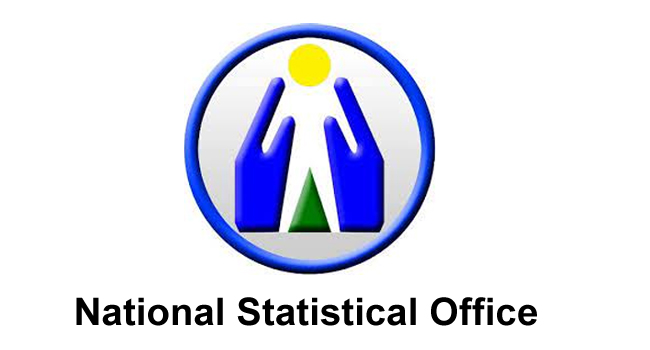Free Courses Sale ends Soon, Get It Now


Free Courses Sale ends Soon, Get It Now



Disclaimer: Copyright infringement not intended.
Context
Findings of NSO’s Report
National Statistical Commission (NSC)
https://economictimes.indiatimes.com/news/economy/policy/nso-develops-three-labour-indicators-says-15-of-60-employed-people-worked-part-time-in-2017-20/articleshow/92988745.cms
© 2024 iasgyan. All right reserved